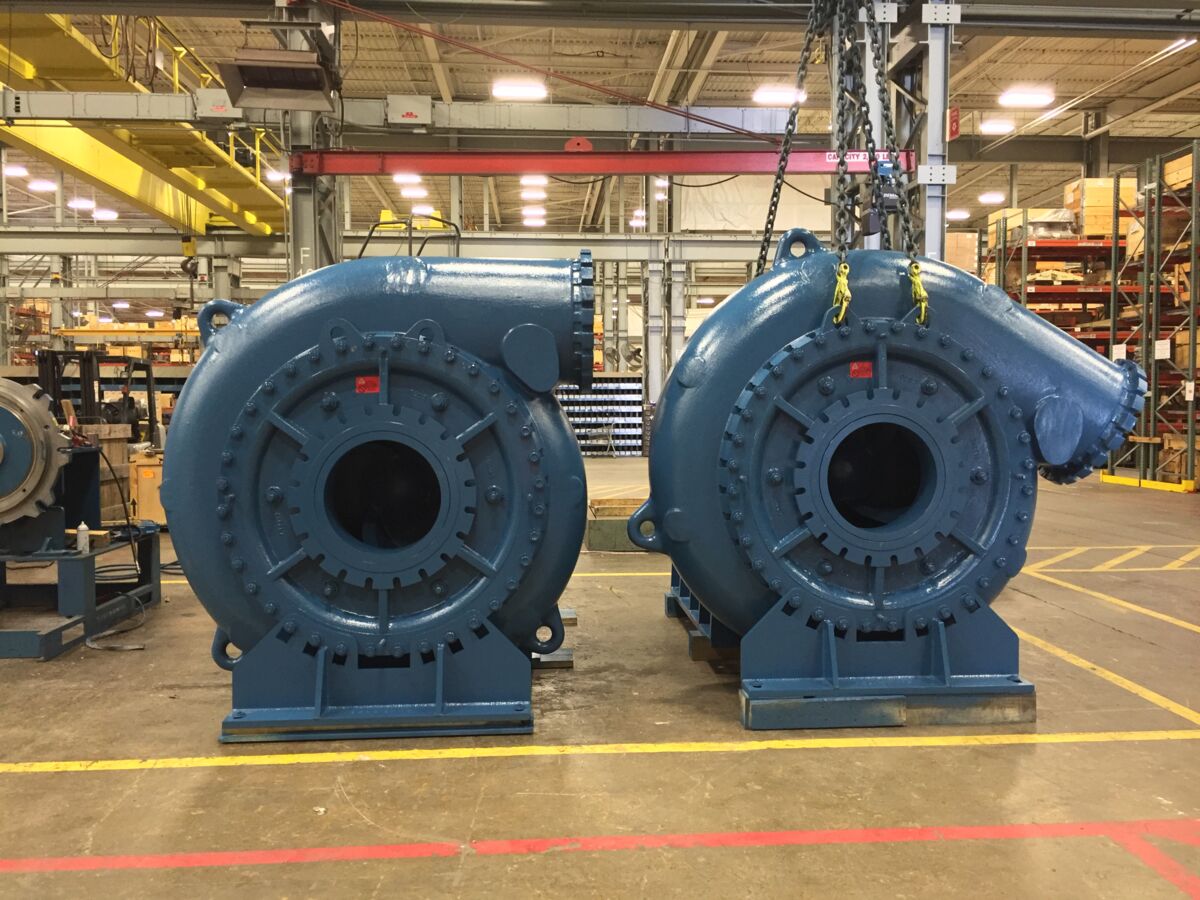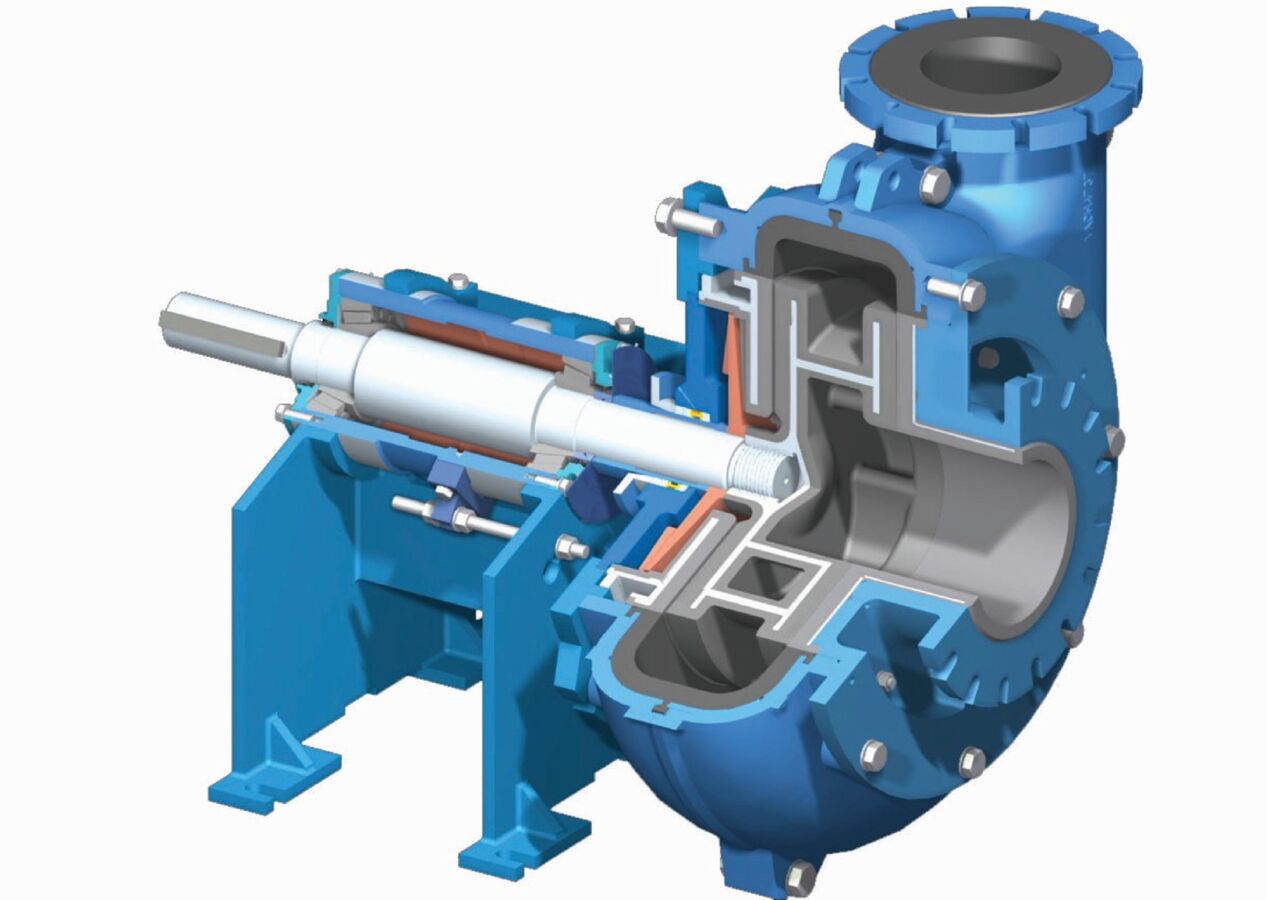Q: Is MD a new pump?
DA: Yes and no. The first Metso MDs were launched in 2015 in smaller and medium sizes. Since then, the company has periodically added additional sizes, including up to size 900 which was launched in 2022. We now have over 260 global installations, making it one of the latest and most modern mill pump developments in the market compared to other manufacturers. Its recent development allowed Metso to learn from our customers what would be the most optimal pump for their operation and what kind of maintenance features it has. See the below customer success stories that justify our proven design.
Q: How does Metso's full process flowsheet offering enable it to provide pumping solutions that fit not only the required material flow properties but also the processes that occur upstream and downstream of these pumps?
DA: We do boast a broad portfolio, which gives us the ability to analyze the entire project with a one-stop-shop approach. In this regard, we can size the pumps not only for the cyclones (and if the cyclones are Metso, we can source them as well), and we can make sure they are at the optimum level from the cyclone float selection to the pump selection to the ancillary equipment selection, all the way down the stream.
The advantage of using a single supplier is that it eliminates safety factors. When you go through different suppliers, each one applies a safety factor of their recommendation. Those safety factors add up, and you might end up with a situation where your cyclones are too big for your mill pump or your mill pump is too big for your cyclones. This kind of mismatch can easily be avoided by using Metso as your partner for the whole process.
Q: Why adjust the mill pump?
TO: Simple answer: It’s about wear and uniformity of wear. When referring to adjusting a slurry pump, you’re closing the gap between the rotating part (the impeller) and the stationary part on the suction side (the inlet liner). The gap is set at the optimum level by the manufacturer to achieve the highest efficiency and the least amount of recirculation within the pump. When fluid enters the eye of an impeller, it is pushed out by the vanes into the casing, and that’s where it pressurizes. So, the pressure is very low at the inlet of the impeller, and very high at the exit of the vanes into the casing.
We all know that everything flows from high to low pressure, so you have this connecting path in front of the impeller from the high pressure of casing to the low pressure of the inlet pipe. That path becomes the pathway of least resistance for slurry to recirculate. That eats away at the front face of the inlet liner and the impeller, thus causing extensive wear. Usually, the casing is not generally the weak link (if it is then there are other issues), but generally you run into situations where the impeller or the inlet liner is wearing out really fast. Closing this gap and maintaining it in the optimal range over the pump’s operational life is critical to longer uptime.




